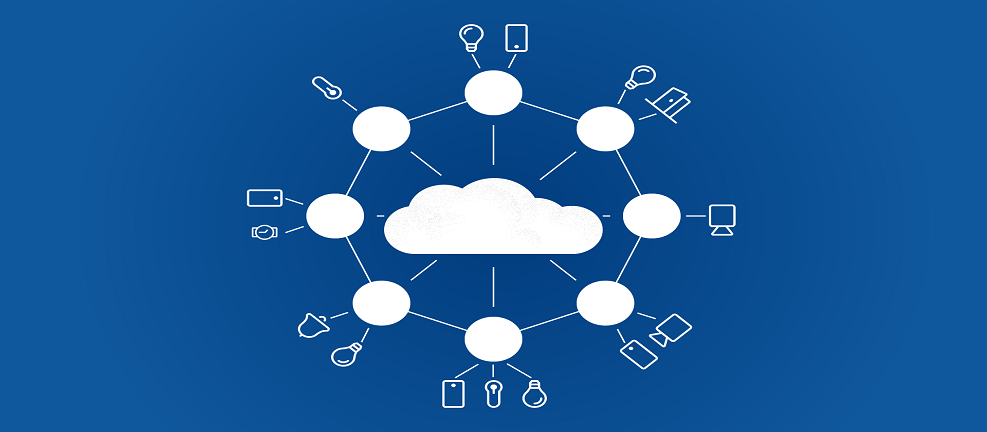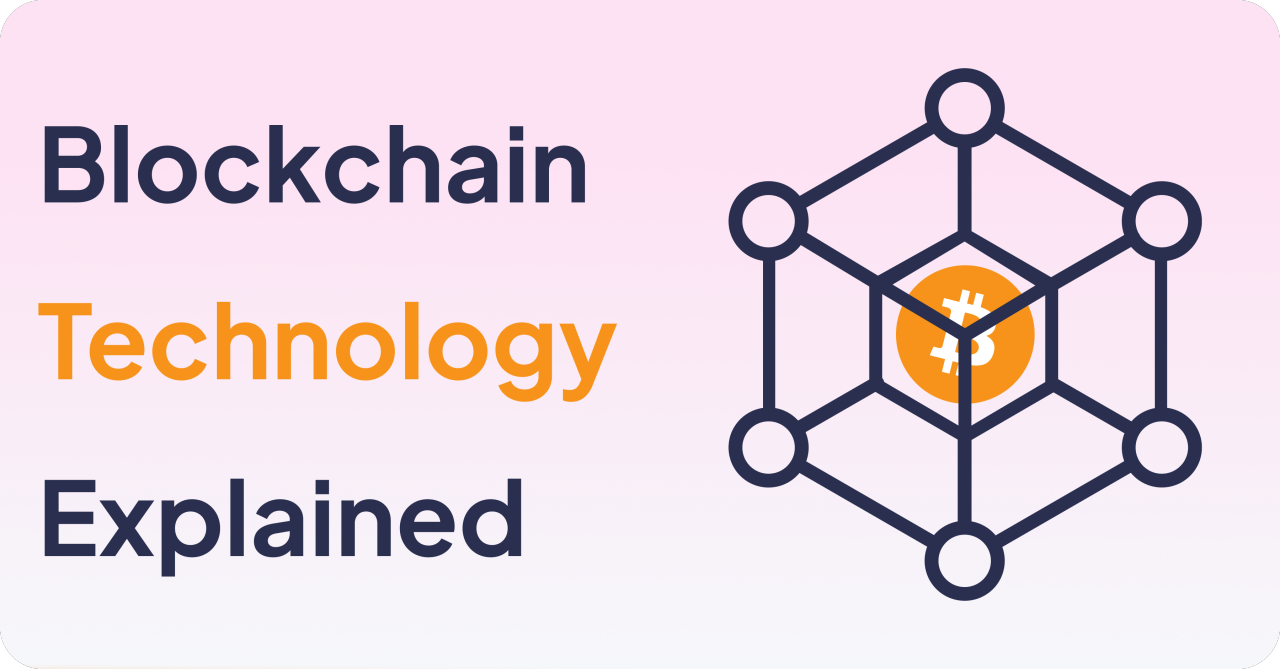The use of the Internet of Things (IoT) has been on the rise during the last few years with 14 billion active endpoints in 2022, expected to touch 17 billion in 2023. While IoT has a number of stand-alone use cases, paired with edge computing IoT can produce powerful results. The convergence of these two technologies is finding increasing adoption across industries with edge computing leveraging the Internet of Things to collect and process data on the edge or endpoints in cloud computing.
The emergence and accelerated proliferation of high-speed 5G networks allow businesses to shift computing closer to the endpoints to provide actionable signals and data quickly. We will go over what IoT-Edge computing is, how the combination works, and how they complement each other, as well as some real-world examples to show how they are transforming the technology landscape.
What is Edge Computing in IoT?
IoT is made up of smart devices and sensors connected to the network to send and receive large amounts of data. Edge computing is a strategy to process the collected data locally at the edge - the point of origin - rather than transmitting the data to a central server or cloud data center. In IoT- edge computing scenarios, IoT sensors, and devices communicate and process data in real-time.
Edge computing facilitates smart devices to process raw data at the edge, near or at the point of origin, without the need to worry about network latency. The combination of these technologies can deliver a range of diverse benefits to businesses, from faster responsive and predictive maintenance and other services at lower operational costs and real-time analytics to enhanced security due to limited external connections.
How Edge Computing Powers IoT
Edge computing is particularly beneficial for IoT use cases that have a high level of potential failures, need real-time decision-making, or involve the collection and processing of large amounts of data in an environment where cloud network connectivity is zero or minimal. It processes and filters IoT-generated data closer to the devices, optimizing bandwidth by streaming to a centralized platform only the data needed for longer-term storage or analysis.
Real-world Examples of IoT-Edge Computing Use Cases
Edge computing has a wide range of applications across multiple industries. Manufacturing, autonomous vehicles, healthcare devices, and security solutions are some of the segments that use the combination of these technologies intensively and widely.
-
Manufacturing: IoT has drastically changed the way most of the manufacturing processes from supply chain to shop floor, the health of equipment, maintenance, and inventory to distribution by automating and optimizing each production process, leveraging the data collected by IoT devices. The need for cloud computing and storage for IoT use opens up the challenge of network latency, bandwidth, data management, and data security. Edge Computing solves these problems by ensuring that data processing happens at the edge itself near the data source.
-
Autonomous Vehicles: Edge computing processes data generated by sensors attached to the vehicle quickly and accurately, helping autonomous vehicles make decisions that can impact road safety or potential hazards, efficiency, accidents, and traffic congestion. The devices in a self-driving car generate roughly 1 GB of data per second, leading to a demand for high-level of latency. Edge computing, by processing the data near the sensors attached to the vehicle, helps overcome this constraint.
-
Healthcare: Devices such as heart rate monitors benefit from edge computing from its on-device analysis capabilities that can alert doctors and medical staff with real-time data on crucial patient vitals such as blood pressure and heart rate when the patient needs help or their condition becomes serious. Edge-enabled sensors on health monitors make remote care possible by gathering patient data and initiating actions based on it while complying with data locality and privacy policies.
-
Surveillance Systems: Surveillance cameras are expected to grow globally at an annual rate of 20% for the next five years, which will demand real-time analytics, and a system of public clouds, private clusters, and edges, according to a study done by analysts with Microsoft Research a few years back. Published statistics say that there is a camera installed for every 29 people on the planet, which means a lot of computing power and network will be needed to collect, process, analyze, and provide signals and outputs for quick decision-making. IoT-Edge technology will come in handy to solve these problems.
Other IoT-Edge applications include self-sustaining and autonomous traffic lights or wind turbines which can be automated without the need for a remote cloud connection, as well as agriculture where routine tasks can be performed without relying on a central server. And this is just the beginning and is likely to be present in most business and public operations and processes.
Future Trend For Edge Computing And IoT
Nearly every industry makes use of endpoint devices and the data they generate by collecting and analyzing them at the point of origin. In addition to manufacturing, autonomous vehicles, healthcare, and surveillance, the other sectors that are adopting IoT and edge computing capabilities include agriculture, industrial, energy, utilities, banking and finance, retail, smart cities and smart buildings, transportation, and logistics.
In the coming years, a number of trends and developments are expected in the IoT-edge computing space that includes enhanced edge processing power and capabilities, better integration with the 5G network, and development of IoT edge ecosystems. Moreover, small and medium-sized manufacturing businesses will benefit substantially from the convergence of these technologies to improve decision-making such as predicting the malfunctioning of equipment and automatically shutting it down.
Future Market Potentials of Edge-Enabled IoT
The IoT-Edge computing market is rapidly growing with more and more use of it in multiple private and public sectors. Various market studies present differing numbers, but all of them point to an upward trend. While one market study predicted the IoT market to grow to $650 billion by 2026 at a compound annual growth rate (CAGR) of 17%, another study has come out with a prediction of the global edge computing market size to grow from USD 15.96 billion in 2023 to USD 139.58 billion by 2030 at a CAGR of 36.3% against the estimate of USD 11.99 billion in 2022.
IoT Analytics has forecasted the IoT-Edge computing market to grow to US$ 30.80 billion by 2025. While research studies have put out growth forecasts that significantly vary from the above and between them, what is common is that they all point to the growth of IoT and Edge computing and their convergence in various applications across industries globally.
Concluding Thoughts
The key advantages of the convergence of IoT and Edge Computing include quicker response times, reduced network bandwidth latency, as well as enhanced security, and enhanced privacy of data. The future looks bright and promising with numerous developments and advancements in the coming years.
Small to medium businesses, particularly manufacturing companies, will benefit a lot from these technologies in the form of reduced operational costs, enhanced equipment life, and improved customer services, among others. You should not miss the opportunity to remain efficient and profitable just because you don’t have an in-house team to implement this system. You must explore Open Talent Platforms to ensure that your business stays sustainable and competitive.




